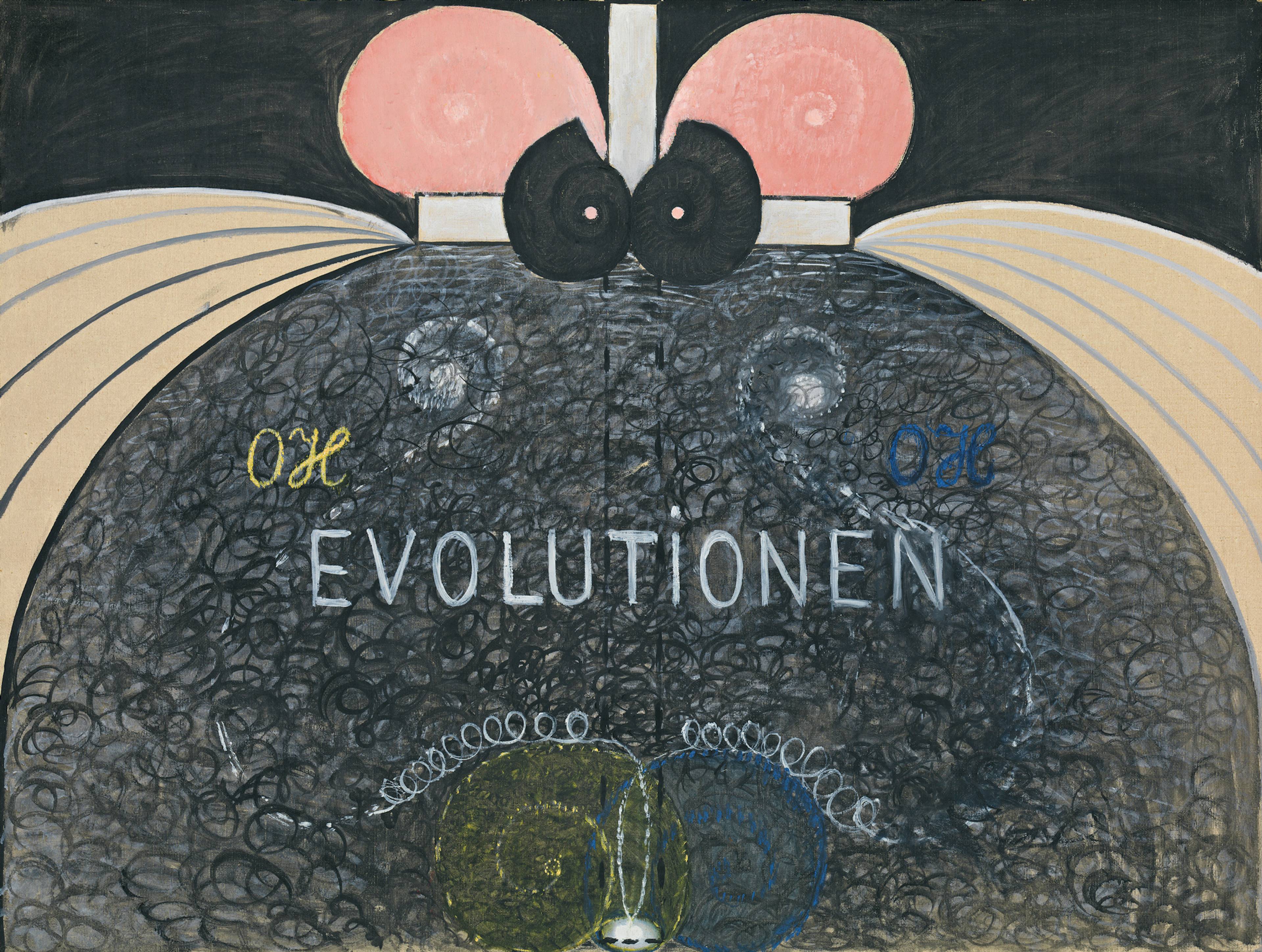“The rule about Berlin,” writes novelist Elvia Wilk, “is that you always got there too late.” The same logic, it seems, applies to the city that is Contemporary Art. Upon arrival there, one is immediately told that the art used to be better, its people more authentic, its institutions less corrupted. Its denizens, Art People, will diagnose this decline by hinging it on characteristically flimsy evidence, usually the disappearance of a particular genre or a platform, or something along the lines of “commodification.” Bewildered, one proceeds to navigate whatever remains in the supposedly impoverished present. But not long after, one finds oneself lecturing some poor debutante about some particularly riveting edition of the Venice Biennale one visited ten years ago. Art People are notoriously nostalgic people, always certain that some golden age has just passed. This conviction is endemic to the industry, and precedes contemporary art – if in doubt, just open a few pages of Johann Joachim Winckelmann (1717–68) or Denis Diderot (1713–84), founding writers of the discipline, who both suffered in their aesthetic contemporary while longing for better times.
Recently, however, art seems to be suffering from a prolonged bout of nostalgia. “There is no more good art,” laments the critic of the moment: in an endlessly pluralized global contemporary, fine art has lost its way. The curatorial has too much moralism, the market too much décor: both expose how little cultural power art – a contemplative and highly esoteric ritual for the select few – possesses today. Aesthetics of care and identity, the latest institutional-curatorial vogues, alarm the critic, for they expose a dead-end for the art object: obtuse theoreticism and sycophantic political claims, it turns out, make not great art, but they do make great commodities, serving as endearing moral wrapping for art’s luxury products and personalities. The protest, it is said, will most likely be painted – and sold as a luxury commodity at an art fair for the global financial elite. The exhibition-going public, meanwhile, feels ever more alienated as they are lured to other cultural formats via corporate algorithms – to charismatic YouTube live streamers, to TikTok phantasmagoria, to AI slop. They are lazy to do so, but can we blame them? Contemporary art is hardly a match for the visual forces of a technologically globalized, capitalist world, with its rapacious circuits of social media.
Amid the palpable fatigue surrounding today’s content-approach to making exhibitions, it is only logical that one might start to miss the hedonistic spectacle of 2000s contemporary art ...
— Jeppe Ugelvig’s essay is printed in full in our Fall 2025 issue, Spike #85 – Nostalgia. Get your copy at a discount by subscribing to one year of the magazine —


